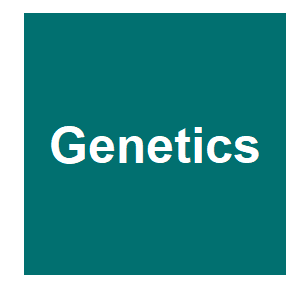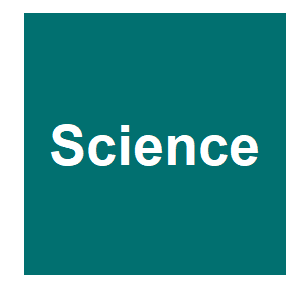
Keywords: P elements

|
P-element invasions in Drosophila erecta; shed light on the establishment of host control over a transposable elementD. Selvaraju, F. Wierzbicki and R. Kofler, bioRxiv, 2022.12.22.521571. 2022.
To prevent the spread of transposable elements (TEs) hosts have developed sophisticated defence mechanisms. In mammals and invertebrates this defence mechanism operates through piRNAs. It is unclear how piRNA-based defences are established against invading TEs. According to the ... Keywords: drosophila, P elements, transformation, transgenic, transposable elements |

|
Can transposable elements be used to drive disease refractoriness genes into vector populations?M. G. Kidwell and J. M. C. Ribeiro, Parasitology Today, 8:325-329. 1992.
A number of biological procedures are currently being considered as alternatives to insecticide-based methods for the control of insect vectors of disease. Among these are the adaptation of various genetic mechanisms to drive genes of interest, such as refractoriness to malaria ... Keywords: drosophila, P elements, transformation, transgenic, transposable elements |

|
Rapid spread of transposable P elements in experimental populations of Drosophila melanogaster.A. G. Good, G. A. Meister, H. W. Brock, T. A. Grigliatti and D. A. Hickey, Genetics, 1223:387-396. 1989.
The invasion of P elements in natural populations of Drosophila melanogaster was modeled by establishing laboratory populations with 1 %, 5% and 10% P genomes and monitoring the populations for 20 generations. In one experiment, the ability of flies to either induce or suppress ... Keywords: drosophila, P elements, transformation, transgenic, transposable elements |

|
Genetic-transformation of Drosophila with transposable element vectorsG. M. Rubin and A. C. Spradling, Science, 218:348-353. 1982.
Exogenous DNA sequences were introduced into the Drosophila germ line. A rosy transposon (ry1), constructed by inserting a chromosomal DNA fragment containing the wild-type rosy gene into a P transposable element, transformed germ line cells in 20 to 50 percent of the injected ... Keywords: drosophila, P elements, transformation, transgenic, transposable elements |

Contact
David O’Brochta
Foundation for the
National Institutes of Health
geneconvenevi@fnih.org
RSS

